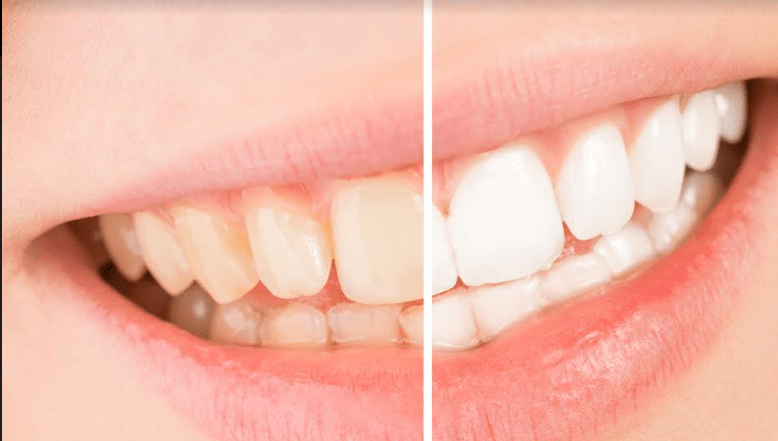On average, around a third of Americans go without dental care.
This can end up being a huge issue. Although some people don’t visit the dentist because they don’t have pain, sensitivity, or other signs of work needing to be done, preventative dentistry is very important.
Those appointments are what prevent work needing to be done, and catch issues early!
So, what exactly is involved in preventative dentistry?
Preventative Dentistry at Home
Although dentistry is often associated with a waiting room and the dentist’s chair, preventative dentistry begins at home.
Building good habits are key to oral health, and preventative dentistry means keeping these habits going at home. This includes brushing at least twice a day and taking the time to floss too.
Anti-bacterial mouthwashes and good toothpaste are key preventative dentistry products that will help you in your task of keeping your teeth in good condition.
You should also be careful with what foods you eat. Be careful with hard candies and keep them for an occasional treat if you can’t resist them. Smoking can also seriously harm your oral hygiene so if this is a habit you indulge in, you might want to think about quitting.
Professional Dentistry
No matter how much you brush and floss, and no matter the healthy habits you practice, there will come a time when you need professional dental services.
Most people visit the dentist once every six months for cleaning because this keeps their mouth in good shape. A dental hygienist can clear out the areas you can’t with a toothbrush or floss using their specialized tools.
Many people avoid the dentist because they’re embarrassed about how long it’s been since they’ve gone, but this just stretches out the problem. The sooner you go, the better, because you’re giving that bacteria time to set in.
The dentist can also take x-rays to make sure your mouth is in great condition even in the places you can’t see.
What Is the Goal of Preventative Dentistry?
The goal of preventative dentistry is to prevent further problems from developing down the line.
Gum disease can occur very quickly and easily, and it can set in and cause problems beyond even the mouth. People with gum disease have two to three times the risk of a heart attack or stroke.
This is why it’s very important to keep up with preventative dental care. Aside from that, you can end up in a lot of pain if bacteria is allowed to set into your gums and teeth!
Take Care of Your Teeth
The bottom line is that you should take care of your teeth for a variety of reasons. Make sure you practice good preventative dentistry habits at home and visit the dentist once every six months for a professional opinion and cleaning.
For more news and lifestyle advice, check out the rest of our site.















